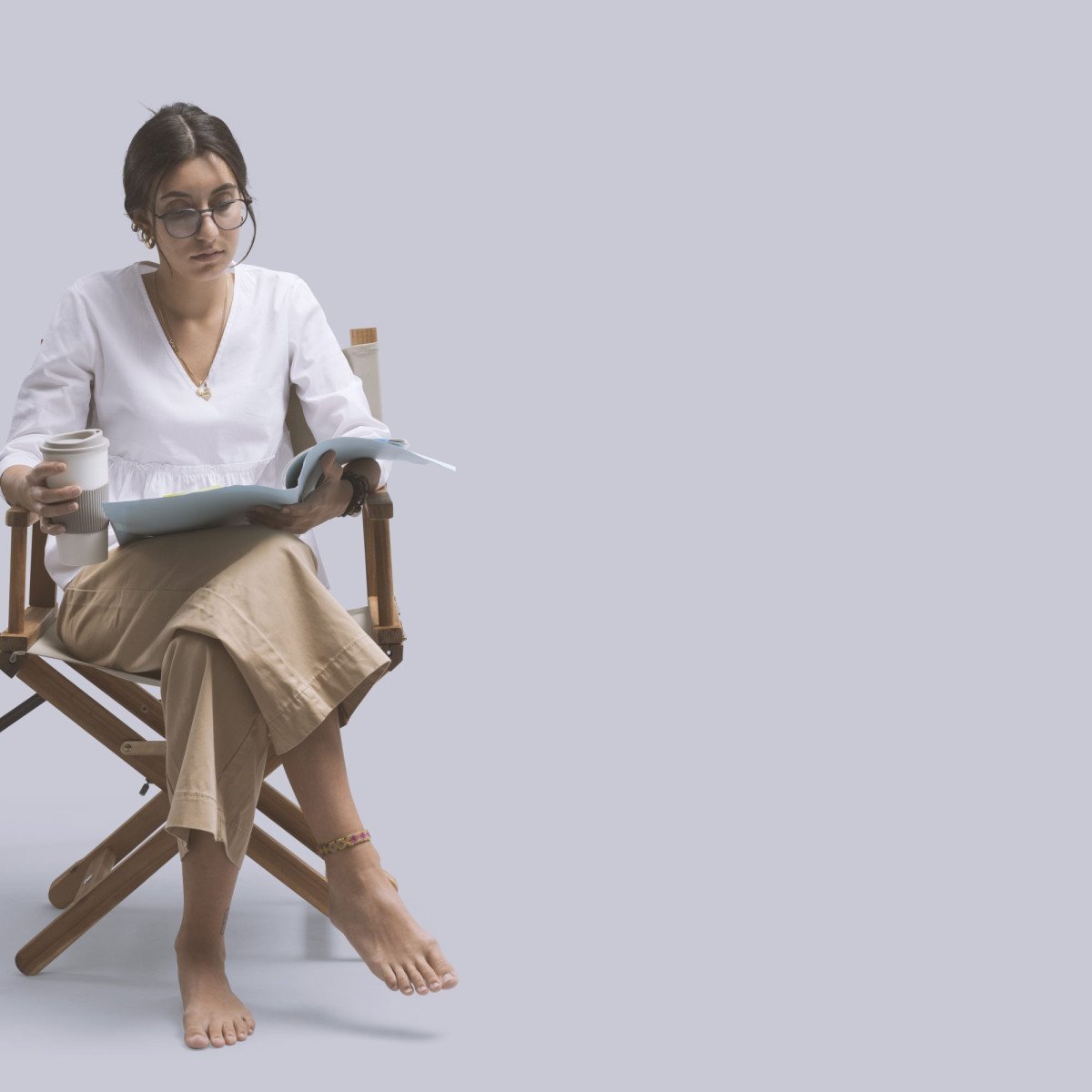One sun-soaked afternoon, I found myself in an abandoned warehouse with a group of seasoned photographers. A model, draped in vintage attire, twirling a parasol, was our muse for the day. Don’t you just relish those artistic captures that can freeze a moment forever?
Yet, I noticed one of the photographers was taking candid photos of the model in her off-guards. Isn’t it shocking to realize that amongst us, there are those who nonchalantly overlook someone’s privacy? This got me thinking about the world of photography ethics.
Did you know, according to a study by Visual Society, only 64% of professional photographers always ask for their subject’s consent before capturing a portrait? This paints a stark picture of the state of ethics in our industry. Right from model consent to editing ethics and to photography in public spaces, the scope and necessity of following a moral roadmap can’t be stressed enough.
Let’s have a look at some of the significant dos and don’ts in the world of photography, an exciting journey that’s as non-linear as the flow of our thoughts.
DO: Always Seek Consent
This is the golden rule of photography ethics. “Hey, can I take your picture?”- it’s as simple as that. Whether you are shooting a street scene or a model in a photography studio, always ensure you have the explicit consent of your subject.
DON’T: Make Unnecessary Edits
As tempting as may be to remove that unwanted pimple or alter physical features, it’s a path we ought to tread carefully. Over-editing distorts reality and can lead to misrepresentation of the subject. Remember, every line on a face tells a story – it’s our job to capture those stories authentically.
DO: Respect Public Spaces
Public photography comes with its share of responsibility. While capturing bustling street markets or tranquil parks, maintaining respect for the environment should be a priority. Never photograph in areas where photography is prohibited, and always be as unobtrusive as possible.
“Nat, watch out for the flowers!” I remember exclaiming to a fellow photographer, who almost trampled on a bed of tulips while attempting a low-angle shot. It’s moments like these that remind us, photography ethics isn’t just about people, but respecting nature and physical spaces as well.
DON’T: Intrude into People’s Privacy
Just because we hold a camera, it doesn’t give us a pass into someone’s private life. Just imagine someone photographing your kid’s school field trip without your knowledge, creepy isn’t it? Remember, not everything needs to be documented; somethings are better left unseen.
DO: Be Transparent
We owe it to our subjects to be transparent about how, where, and for what purpose their images will be used. Whether it’s for commercial purposes or personal portfolio, clear communication is key. Securing a model release form is a professional and ethical practice that not only safeguards photographers against legal issues but also builds trust and credibility.
In the spectrum of photography ethics, navigating through a maze of what’s right and wrong can be challenging. Yet, at the heart of the matter, it’s all about preserving inherent human dignity and respect. So the next time you pick your camera remember – the best photos aren’t necessarily the ones that get the most likes, they’re the ones that were taken with consent, respect, and understanding.
In photography, ethics is seeing with the heart, not just the lens.


0 Comment